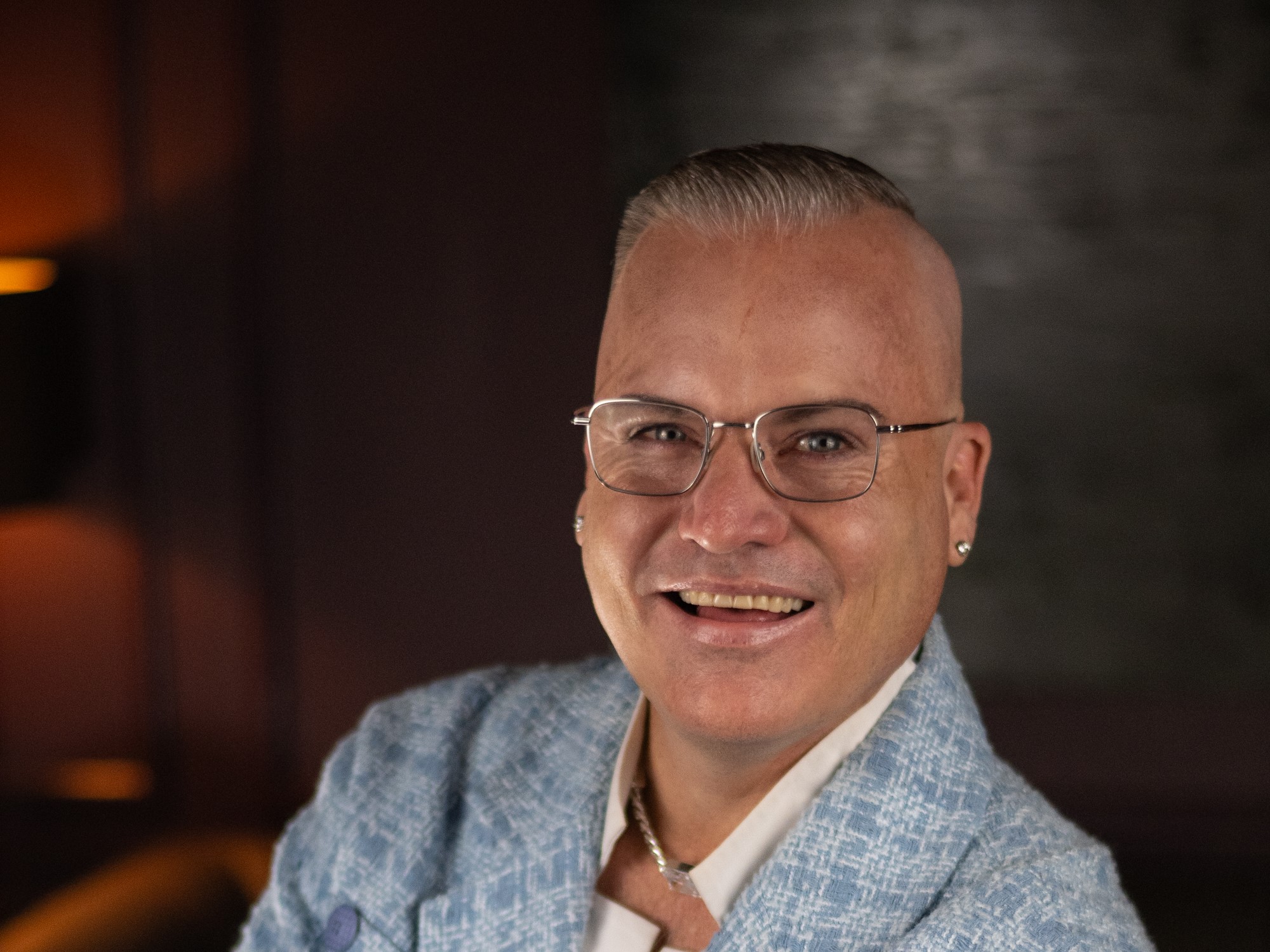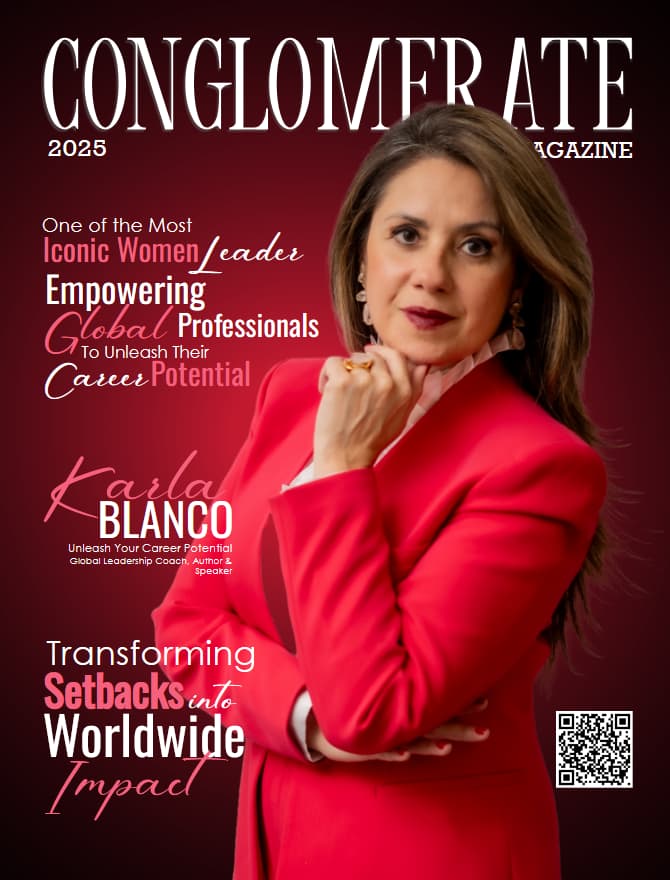In a world where technological advancement often overshadows human connection, some leaders remain steadfastly focused on what truly drives organizational success: people. At the intersection of strategic business acumen and deep human understanding stands Christopher McCormick, a visionary who is redefining workforce transformation not through algorithmic efficiencies, but through authentic human connection.
As CEO of Visionary Consulting, launched in April 2025 in San Francisco, McCormick brings a refreshing philosophy to organizational leadership—one that places human development at the center of business strategy. His approach isn’t merely about implementing new HR systems or restructuring organizational charts. It’s about fundamentally transforming how businesses view their most valuable asset: their people.
From Corporate Leadership to Visionary Consulting
Before establishing Visionary Consulting, McCormick made his mark by revolutionizing people strategies at industry giants like Gilead, Blue Shield and HP. His work in these organizations wasn’t just about maintaining HR operations—it was about reimagining them. By developing innovative approaches to performance management and creating cultures deeply connected to organizational purpose, he demonstrated that human-centered strategies aren’t just good for people—they’re good for business.
“I’m always coming to the table with the lens of people/humans first,” McCormick explains. “Businesses don’t happen without people. If it is the last thing the leadership team or C-Suite thinks about, or it’s an afterthought, they’ve missed the mark.”
What sets McCormick apart is his ability to connect people strategies directly to business outcomes. His approach interweaves human development with organizational goals, creating synergies that drive both individual growth and business success. This philosophy forms the foundation of Visionary Consulting, where McCormick now develops people strategies across industries that align with and enhance business objectives.
“It shocks me a bit,” he reflects on the traditional business mindset. “I was in a meeting with HR Board members of varying companies and the leader facilitating stated that most Company Boards are now adding HR/Talent committees to BoDs. They stated they’ve seen 147% increase in the past year for the need for these HR experts to be helping shape the future of the business strategy.”
This shift represents a profound evolution in corporate thinking—one that McCormick has been advocating for throughout his career. “In the past, it has mostly been about having a compensation committee, that is more about the financial impacts of people but less about an end-to-end talent strategy. I’m happy to see this shift. It is critical to the success of any business, large or small.”
Creating Space for Human Flourishing
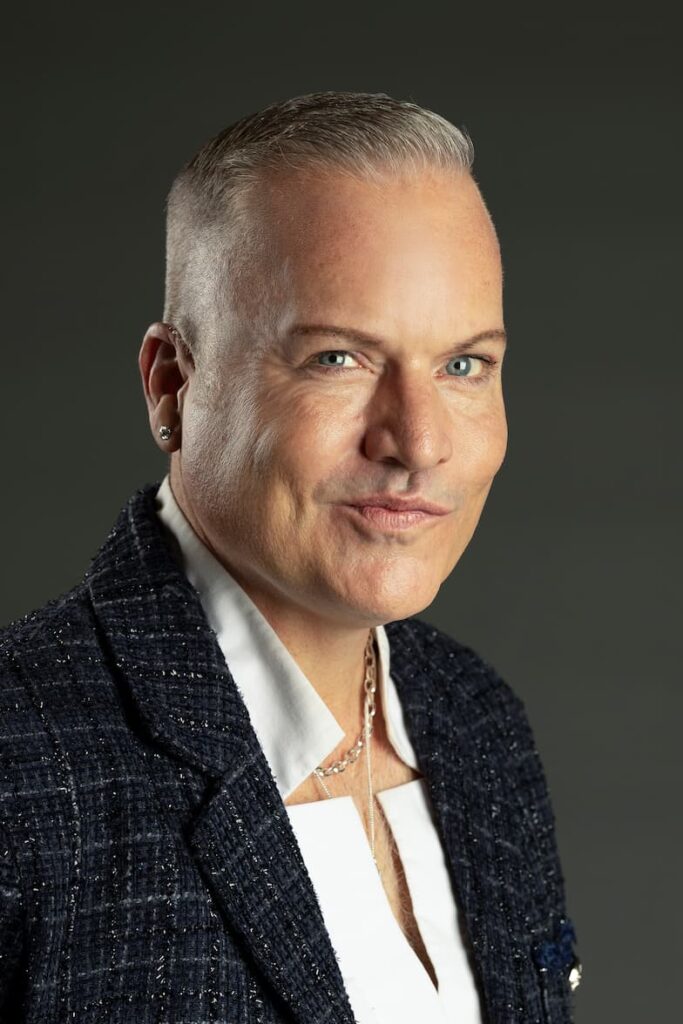
For McCormick, visionary leadership isn’t about grand pronouncements or dramatic restructuring. It’s about something simultaneously simpler and more profound: “It’s about creating space for growth, development and flourishing. I want to empower people and organizations to navigate the future with purpose, grace and ease.”
This philosophy manifests in practical approaches to organizational challenges. When helping clients develop their People & Culture strategies, McCormick focuses on creating roadmaps that support and enable business priorities while keeping humans at the center. This alignment ensures that people strategies don’t exist in isolation but rather serve as catalysts for business success.
The results speak for themselves. Organizations working with McCormick have seen not just improved metrics around retention and engagement, but fundamental transformations in how work gets done. Teams become more collaborative, innovation sparks, and businesses achieve their goals through the unleashed potential of their people.
“In today’s dynamic business landscape, organizations are finally waking up to the realization: a vibrant culture infused with inclusivity, diversity, creativity, and relentless learning is the magic elixir that ignites innovation and propels success to new heights!” McCormick shares with enthusiasm.
Balancing Strategy with Authenticity
One of the most challenging aspects of leadership is balancing strategic alignment with cultural authenticity, particularly in large, diverse organizations. McCormick approaches this challenge with characteristic pragmatism.
“Most leaders I work with will tell you the same thing. ‘It’s all about prioritizing’. Yes, AND…I assert with leaders that it is just as important to ‘de-prioritize’ what is going to get in the way,” he explains. “Alignment and cultural authenticity will get watered down if you try to do everything, be everything to all involved. Focusing on what is “most important” and finding ways to connect it to people, the behaviors required to meet those priorities—that is where the magic happens.”
This focus on prioritization extends to how McCormick approaches change management. “Getting really clear on the outcomes this change effort is driving, finding out the why, the impact, and the desired results. Then finding ways to communicate, communicate, and communicate some more,” he emphasizes. “Part of why change efforts fail is that companies can lose sight of the WHY and the IMPACT. The change cannot be about the what, or the tasks. You have to tie it to the behavior change you want to see long term and bring people along.”
He illustrates this with a powerful story about a healthcare client struggling to increase their collection of emergency contact information. Despite extensive efforts in training and process improvement, results were minimal. The breakthrough came when they focused on communicating the human impact.
“Once we got the client to see the impact they were trying to drive didn’t change the behavior they wanted to alter, they quickly found a way to tell two stories that caused the shift. One patient DIED and one LIVED. As a result of being able to get to the right contact and get critical information needed to save lives,” McCormick recounts. “They saw a 52% increase in emergency contact data over the next month by simply telling the story and the clear reasons why they were asking—focusing on the patient outcomes.”
Transforming DEI from Reactive to Systemic
McCormick’s approach to Diversity, Equity, and Inclusion (DEI) reflects his broader philosophy—it’s not about quick fixes or performative actions but about embedding principles into organizational DNA. He advocates for providing people leaders with frameworks that support authentic inclusion, such as the SCARF model developed by the Neuroleadership Institute.
“Safety is the S. C is certainty, A is autonomy, R is relatedness, and F stands for fairness. Employees need all of those things,” he explains. “We’ve been in very uncertain times and right now not having that certainty has put people in a stressed state. So, people are automatically in a stress state. How do you get them to a forward state?”
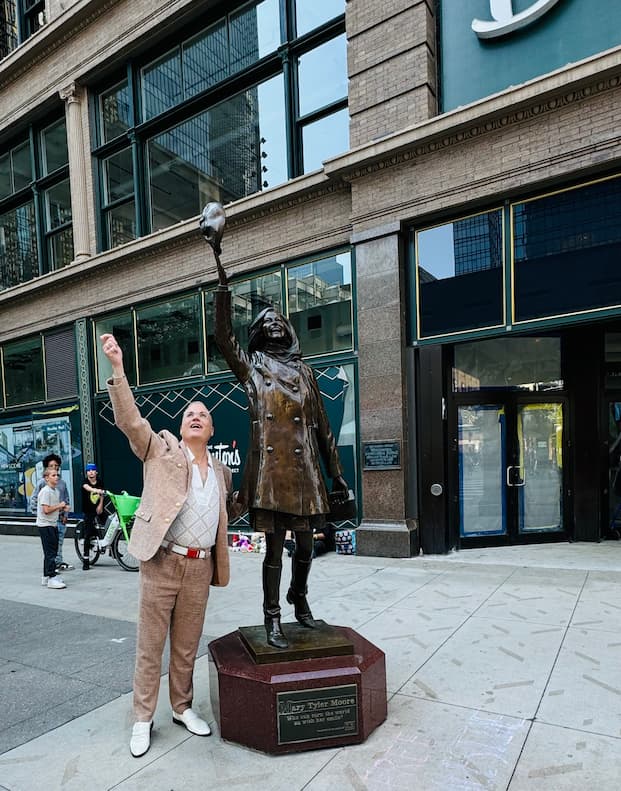
McCormick believes that understanding what individual employees value most from these principles can help leaders create environments where everyone can thrive. “Knowing your people and understanding what traits they value out of the SCARF model is a good way to help leaders think through their approach. This can help propel their employees into more of a forward state – which in-turn starts to embed DEI into the fabric of the culture.”
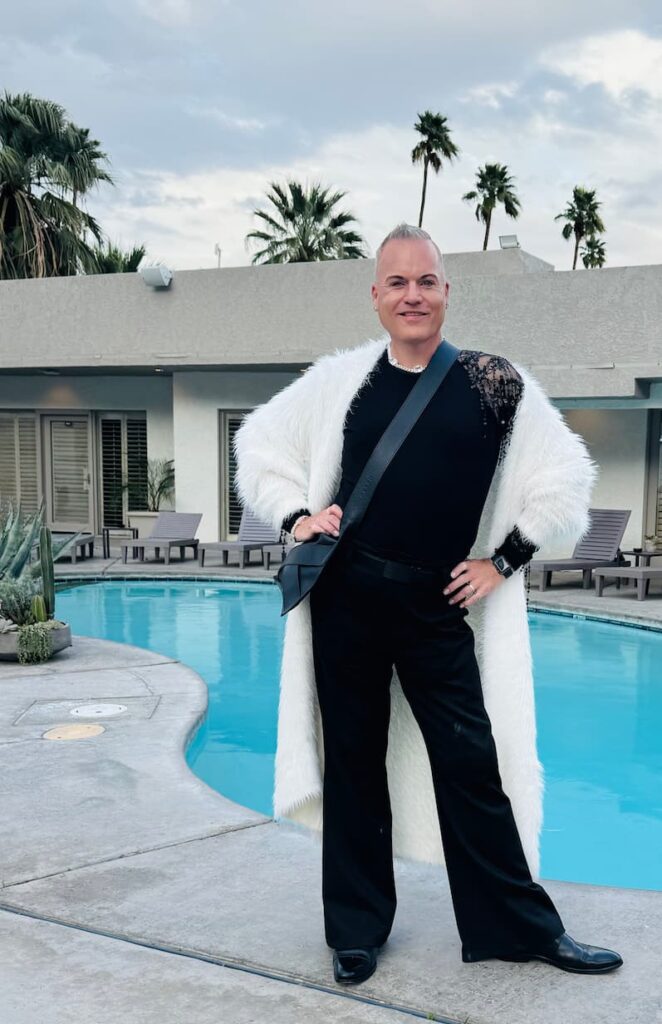
Yet he’s also clear-eyed about the challenges facing DEI work in today’s environment. “In the past few decades, it is our observation that DEIB remains relevant in reactive ways as a source of social discomfort,” he notes. “These reactionary efforts become a threat when it involves examining the power and privilege in systemic designs that keeps marginalized groups…marginalized.”
The solution, according to McCormick, is playing the long game. “It’s imperative that we find a way to transform the DEIB efforts in most organizations. Playing the long-game is hard. It requires courage and grit in the face of challenges. It isn’t easy. It is required if you and your organization want to have a true impact on creating equity and having your employees be and stay engaged.”
Revolutionizing Performance Management
Perhaps nowhere is McCormick’s innovative approach more evident than in his work transforming performance management systems. He has made it a “dedicated focus” to move beyond traditional evaluation methods like the 9-box grid toward more development-oriented models.
“I am fueled by figuring out how to break or eliminate the 9-box. I’ve been working on it for years,” he shares. “I’ve gotten the chance to test and pilot other approaches within
different companies. One company, we got to 7, another to 4, and it has always been a goal to, in some ways, get rid of it altogether.”
For McCormick, the fundamental issue isn’t the tools themselves but their purpose. “My reasoning has and will always be- leaders must develop talent for the future. Taking actions consistent with their employees development needs and desires.” While he acknowledges that such models help prioritize investment in talent development, he believes they often serve as shortcuts that bypass meaningful leadership work.
“9-box and ratings have been used to actually short-cut the real thinking required that leaders need to bring in order to develop their teams,” he observes. His alternative approach emphasizes ongoing development conversations and customized growth plans that align individual aspirations with organizational needs.
Efficiency Without Losing Humanity
McCormick’s background in Six Sigma might seem at odds with his human-centered philosophy, but he’s found ways to leverage process optimization to enhance rather than diminish the human experience. While implementing Six Sigma principles in learning and development, his team reduced development timelines by 28% in just six months—a significant efficiency gain that maintained program quality.
But the most valuable insight from this experience wasn’t about processes—it was about people. “What I really learned in the process was to not lose sight of the people and employee voice and sentiment,” McCormick reflects. “It actually had me get clearer, more quickly, around the questions I needed to be asking to get our teams focused on design thinking principles/human centered design in a much more judicious way.”
This approach led to an important realization: engaging directly with employees doing the work, rather than just executive leadership, yields better and faster results. “Often, I think leaders spend too much time managing optics and egos than actually getting to the solutions that are going to make the biggest impact.”
Connecting Culture to Purpose
Creating a workplace culture that genuinely engages employees remains one of the greatest challenges for today’s organizations. McCormick’s approach centers on connecting daily work to meaningful purpose.
“It’s all about connecting it to the why…the outcomes you are all working to drive,” he explains. “When I was working at Gilead and Blue Shield, it was always so easy to connect to improving patient outcomes and creating health equity. Both companies also did an amazing job of communicating that on multiple levels, from all-hand meetings to functional events.”
This connection between individual contribution and larger purpose creates the foundation for cultures where employees feel valued and motivated. “By keeping it embedded in all you do and having it be the centerpiece that is the red thread that is communicated in every project, effort or change. That is when people really do focus on
the outcomes and when they want to work for a company and a mission that is bigger than themselves.”
Leadership for the Future
As McCormick looks toward the future of organizational leadership, he sees a fundamental shift in how leaders engage with their teams. “Command and control leadership is a thing of the past,” he states definitively. “Leaders today and in the future must have Meaningful Conversations with employees. Employees and teams want leaders to be authentic, human, transparent, and connected.”
This new model of leadership requires vulnerability and reciprocity. “Leaders have to show they care, that they are not perfect, they struggle, and they need their teams to support them on their growth journey. Just as they will support their employees on their growth journey. It’s 200% accountability. 100% on the Leader and 100% on the employee.”
This mutual commitment to growth reflects McCormick’s personal philosophy as well. When asked about his proudest accomplishment, he doesn’t point to specific achievements but to his ongoing development journey. “I am most proud of the fact that I keep learning. I keep asking for feedback. I keep ‘being willing’ to grow, learn, and adjust. I’m never done redefining or transforming how I can show up and make an impact. THAT is what keeps me motivated.”
As organizations navigate unprecedented change and complexity, McCormick’s approach offers a powerful alternative to mechanical efficiency drives and impersonal restructuring. By placing human development at the center of organizational strategy, he demonstrates that business success and human flourishing aren’t competing priorities—they’re complementary forces that, when aligned, create sustainable success.

Through Visionary Consulting, Christopher McCormick isn’t just helping organizations adapt to the future of work—he’s helping shape it, one human-centered conversation at a time.
